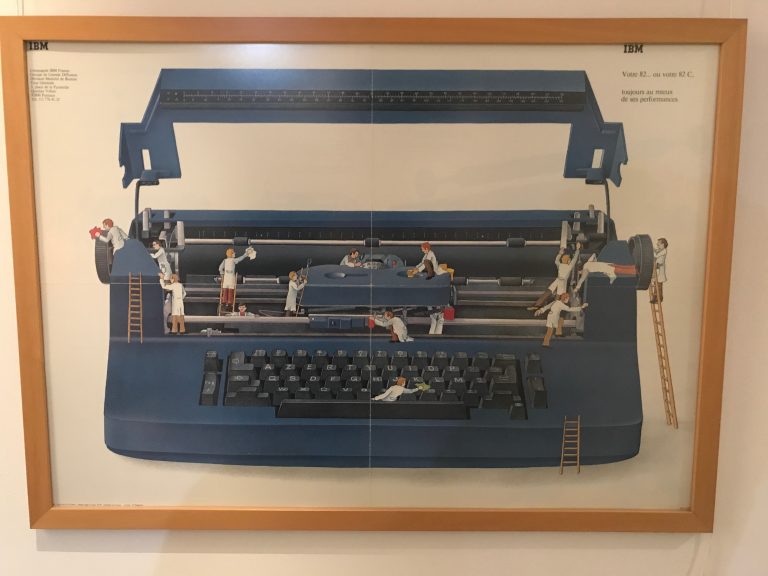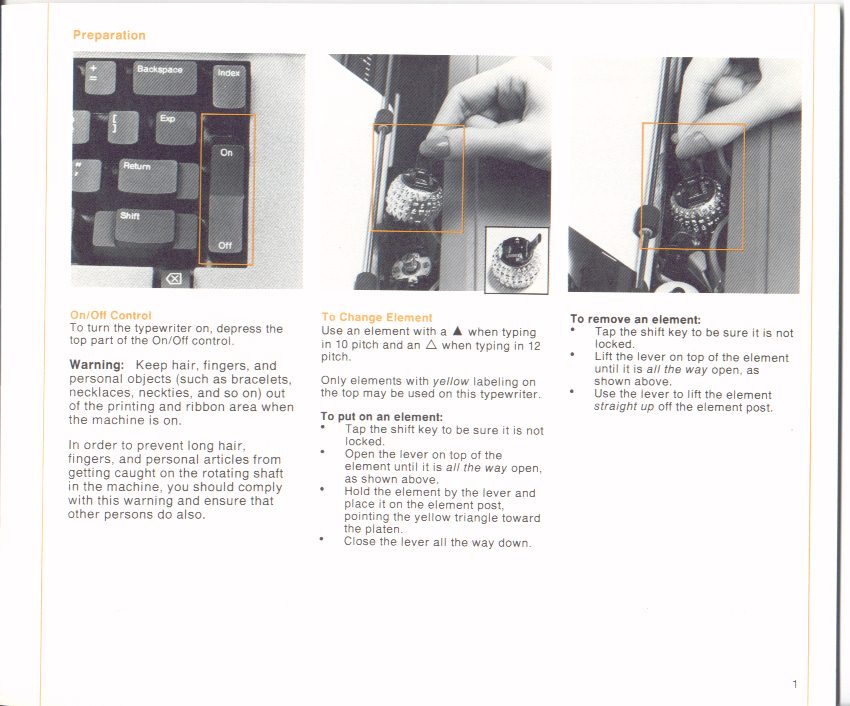

While there was an official pronunciation, this was used only among the elite at the imperial court. The disconnection between symbol and sound allowed enormous linguistic variation over a vast empire while maintaining the ability to communicate without translation. There was good reason not to take the phonetic plunge. But unlike Egyptian, which was transformed into Coptic using the Greek alphabet, it never became expressed phonetically.

Jing Tsu’s history of the transformation of the Chinese language records the development of the underlying technology of this dramatic transformation, the Chinese language itself.*Ĭhinese is of course ideographic. Yet during a century of national trauma - including occupation by almost every European nation, the overthrow of the ruling Qing dynasty, political degeneration into warlord rule, invasion and destruction by Japan, the Communist revolution and its aftermath in events like the Cultural Revolution, and the terrible famine of The Great Leap Forward - literacy is now almost 100%, and the country’s scientific, engineering, and material achievements exceeds all others except the United States. At the beginning of the 20th century the literacy rate in the country was no more than 10%, and almost no one in that minority was engaged in scientific research, engineering, or material innovation. And many of that elite after a lifetime of study knew the secrets of this beautiful script but almost nothing of its written content. Until then, only the elite officialdom was privy to the power of its complex ideographs. At least it was until Mao reduced the number of characters in the language from over 45000 to less than 3000 and introduced a Latinised form that reasonably tracked the official dialect (Mandarin).

At the beginning of t Reverential Technology Reverential Technology Life is too short to learn Chinese. With larger-than-life characters and an unexpected perspective on the major events of China's tumultuous twentieth century, Tsu reveals how language is both a technology to be perfected and a subtle, yet potent, power to be exercised and expanded.more Without their advances, China might never have become the dominating force we know today. Kingdom of Characters follows the bold innovators who adapted the Chinese language to a world designed for the Roman alphabet and requiring standardization, from an exiled reformer who risked a death sentence to advocate for Mandarin as a national language to the imprisoned computer engineer who devised input codes for Chinese characters on the lid of a teacup. In Kingdom of Characters, Jing Tsu argues that China's most daunting challenge was a linguistic one: the century-long fight to make the formidable Chinese language accessible to the modern world of global trade and digital technology. Just a century ago, it was a crumbling empire with literacy reserved for the elite few, as the world underwent a massive technological transformation that threatened to leave them behind.

In Kingdom of Characters, Jing Tsu argues that China's most daunti What does it take to reinvent a language?Īfter a meteoric rise, China today is one of the world's most powerful nations. What does it take to reinvent a language? After a meteoric rise, China today is one of the world's most powerful nations.


 0 kommentar(er)
0 kommentar(er)
